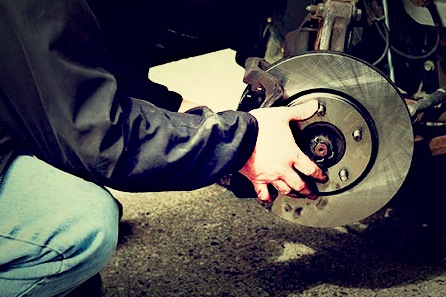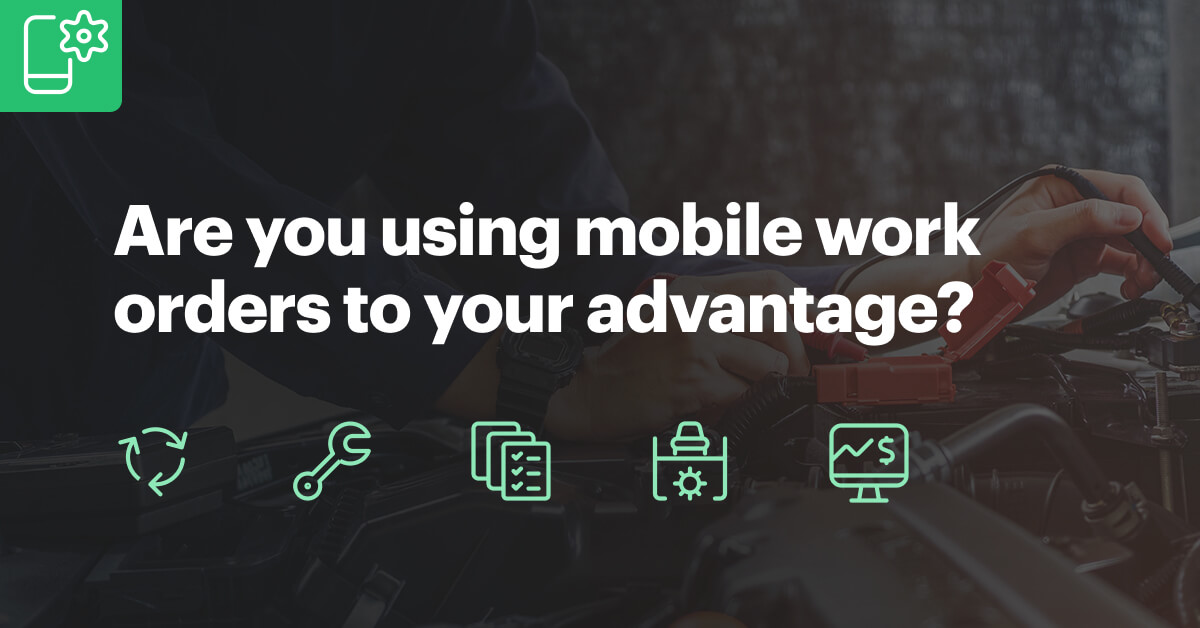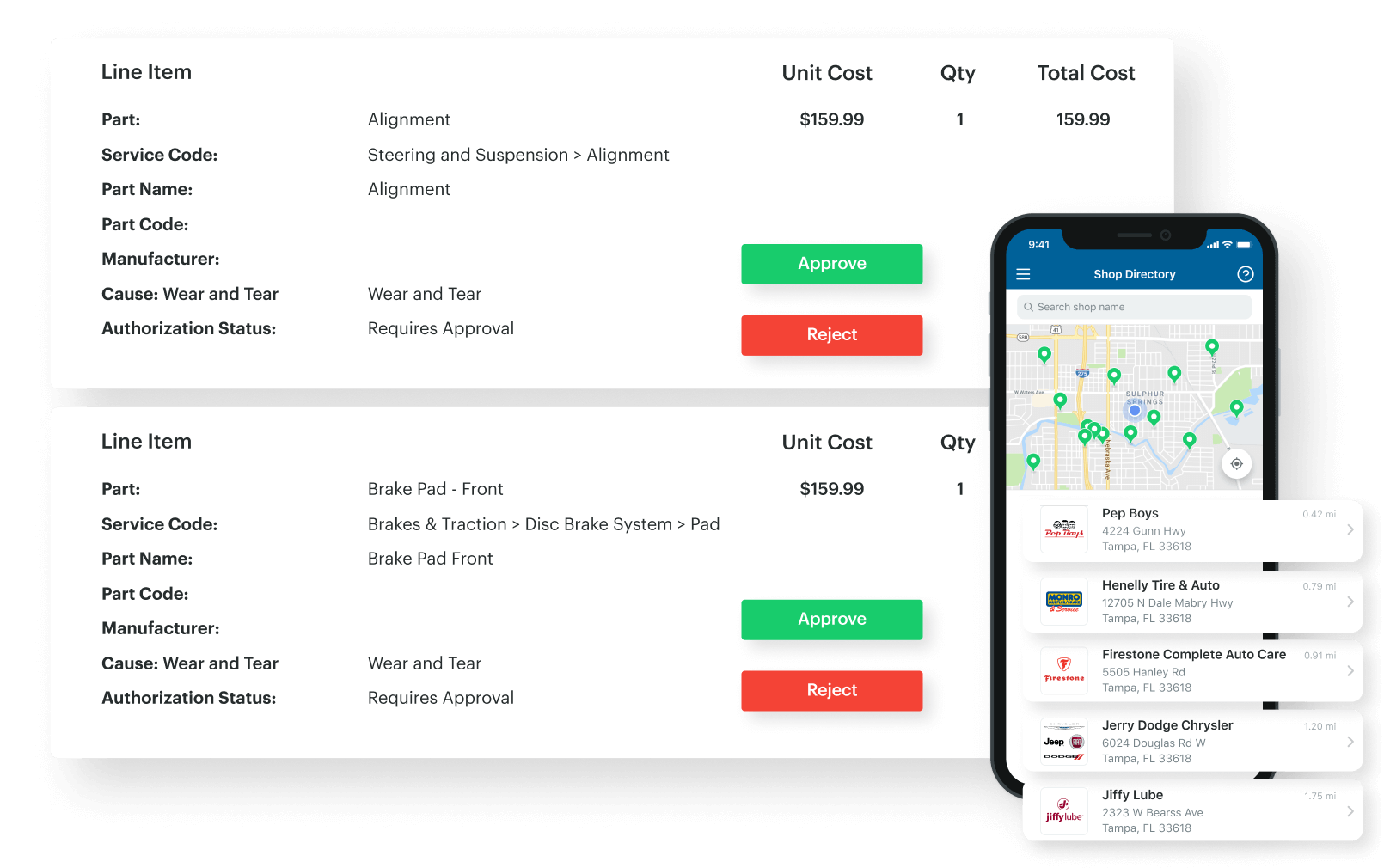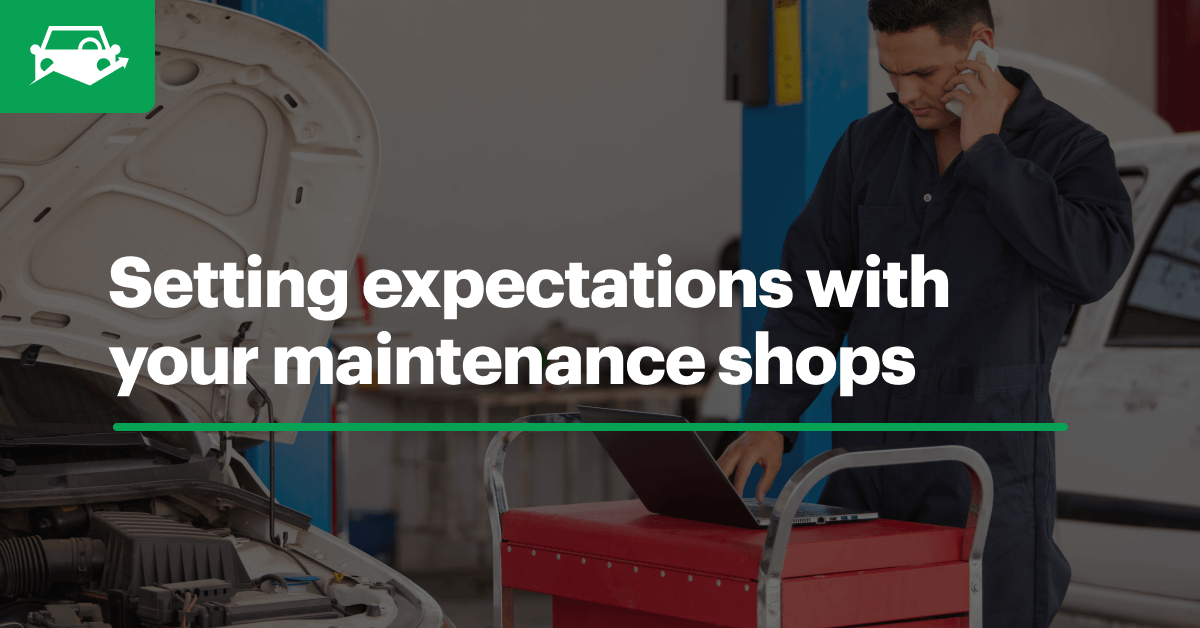
We tend to take our brakes for granted. The light changes, or a car slows ahead, you press the pedal, and it just works - time after time. But the sheer physics of this process are pretty eye opening. Many different components work in sync to get to keep you safe. In this article, we are going to explore not only how your brakes operate, but also how to keep them well maintained for the life of your vehicle.
Most fleets will have disc brakes on all vehicles, so we will focus on that type of system. Here’s the gist: Your foot moves a lever that displaces an incompressible fluid and causes calipers (mechanical pinchers) to squeeze a disk (rotor) that is attached to your wheels and stop the motion by way of friction and heat. The intermediary between the caliper and rotor are the brake pads, which are made of an abrasive material and designed to take the majority of the wear.
Overuse
We have talked before about eco driving and how your brake usage can play a large part in operating efficiency. Having a heavy foot, however, can also drastically decrease the life of your equipment - putting too much heat into the pads and rotors. If this heat does not have time to dissipate properly (read: repetitive heavy braking), then you can warp the rotors and be reminded of your indiscretions at every stop light.
Detecting Problems
For many brake issues, your first indicator is through driver feel. If you notice a vibration, that it takes more force to stop the vehicle, or hear a high pitched noise when slowing, then it is time to put a service checkup on your schedule. Pads, as mentioned earlier, are usually the first in the system to fail, and are designed to make it quite noticeable (hence the screeching sound) when it happens. Just stay cognizant of how your car is responding on deceleration and you’ll notice when something is wrong.
Consider the Load
Larger vehicles, especially those designed for towing, may have multiple or redundant braking systems. A common mistake, and extreme safety hazard, is to assume that even if one of these systems is inoperable, the rest will be able to accommodate the load. As we have heard from Accident Specialist Gary Johnson , vehicles are designed to factory-recommended specifications and tolerances. If you are only using half of the available brakes, then you are putting way more force on your equipment than was designed. As with a passenger car, overuse can eventually lead to fade or complete failure.
Maintenance Intervals
Keeping to the suggested schedule in your owner’s manual and utilizing a vehicle maintenance app should keep you from missing important brake service. Not sure when to replace your parts? A good rule of thumb is to visually inspect your brake pads for wear every 12,000 miles or so. Most manufacturers will recommend replacement if there is 1/8 inch or less of the pad lining remaining or at 25,000 miles, whichever comes first. Ask the service tech to check your fluid regularly or do it yourself at the time of oil changes. You should replace the fluid if it appears to be dirty or contaminated. Most manufacturers suggest that you replace brake fluid every 20,000-25,000 miles. Rotors should last much longer, but hard braking over the life of the vehicle might lead to a different story. If you do have warped rotors, you may be able to have them trued instead of a full replacement.
Just follow these steps, and you’ll have stress free stopping from now on.



